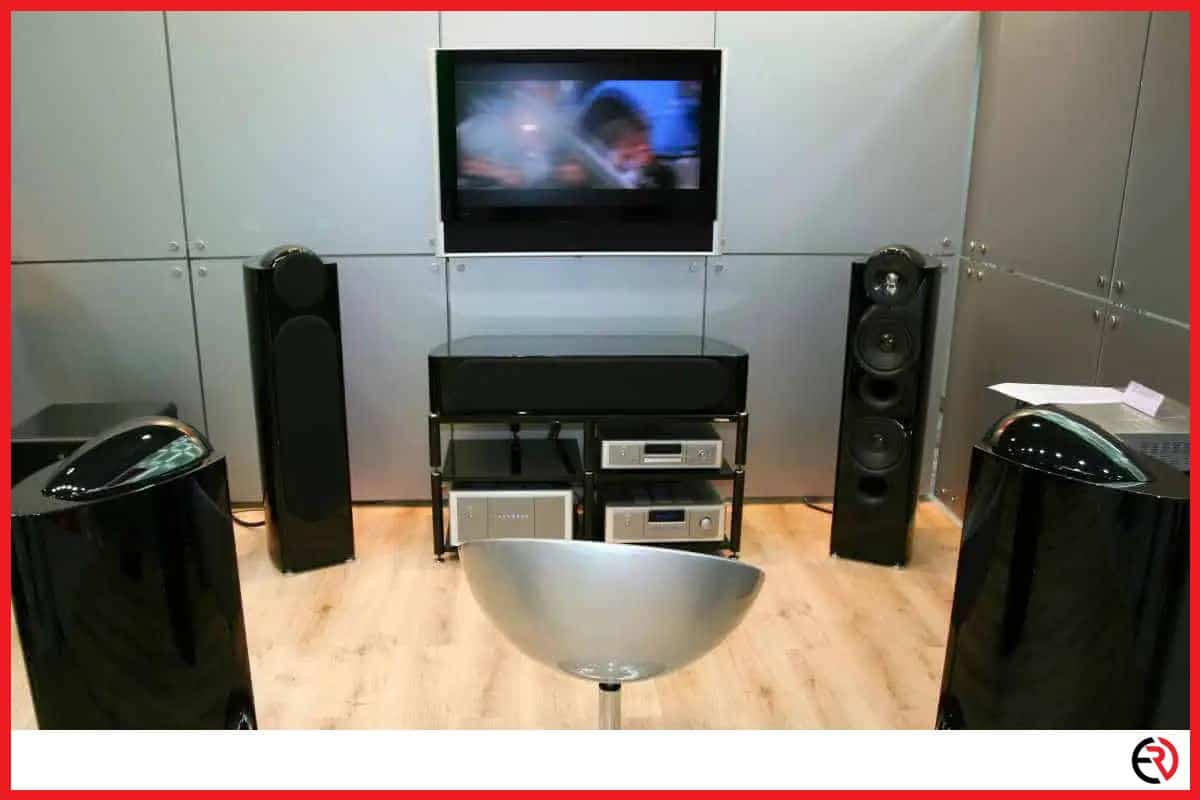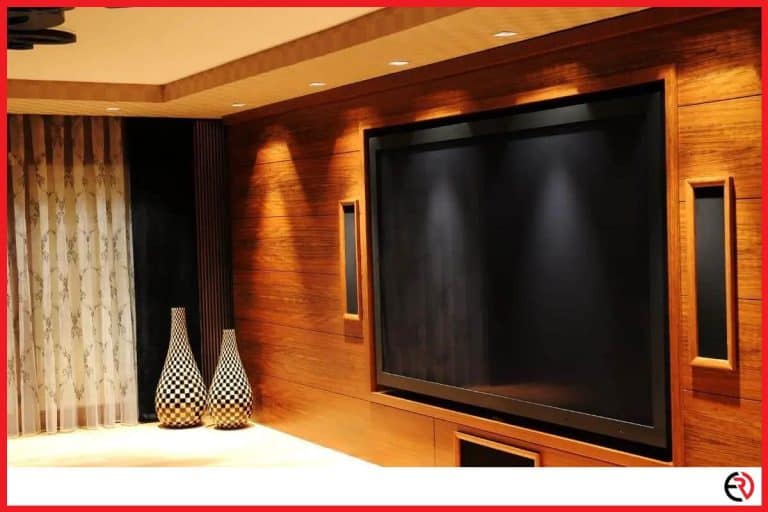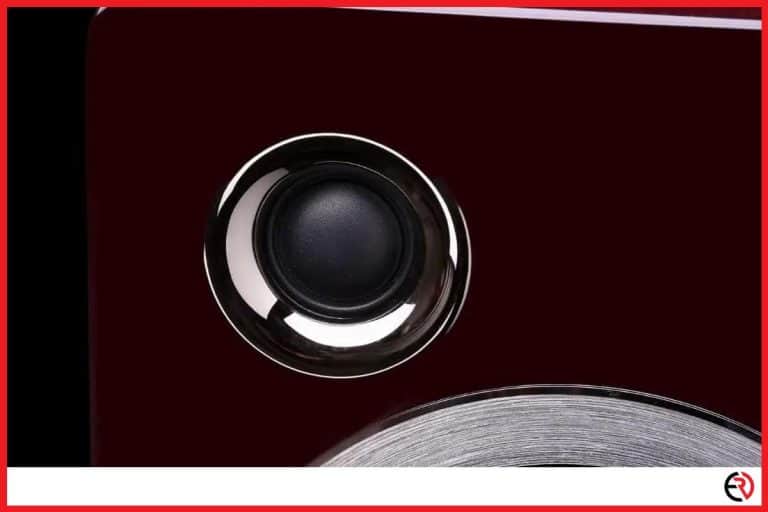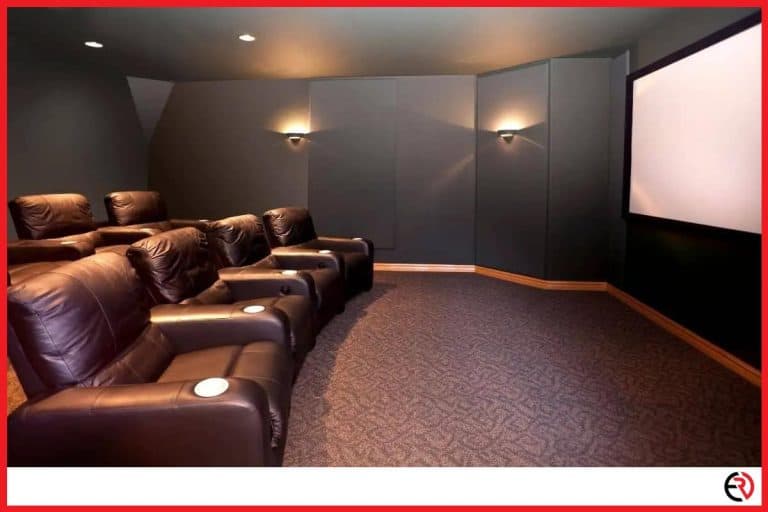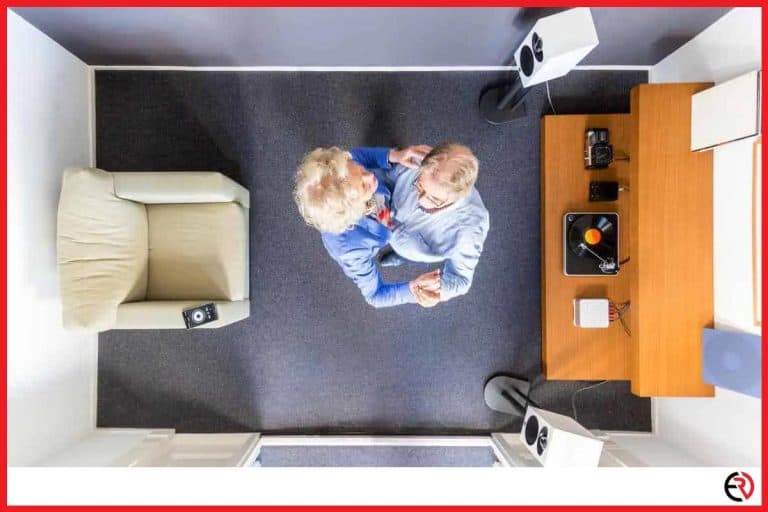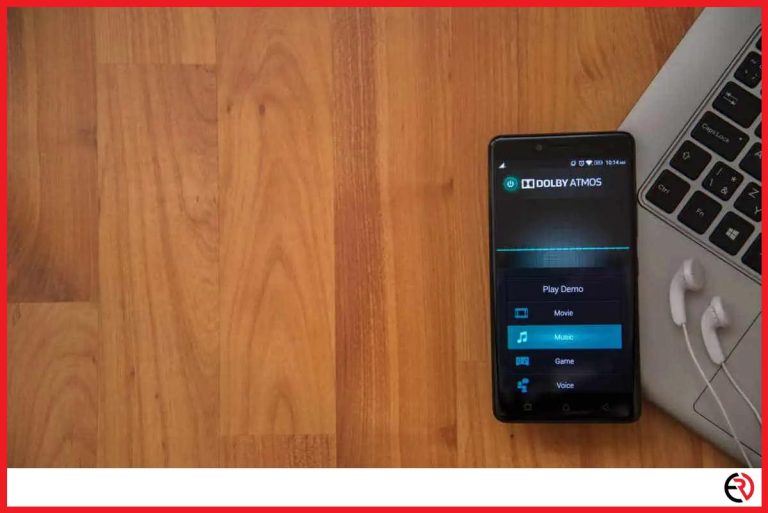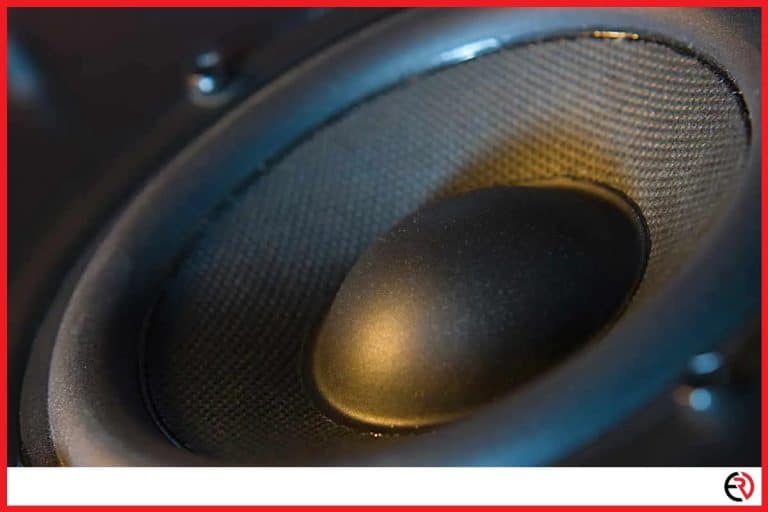Can You Use Regular Speakers for Dolby Atmos?
This post may contain affiliate links which means that, if you choose to make a purchase, I may earn a small commission at no extra cost to you.
Most of us are aware of Dolby Atmos and how it can produce rich virtual 3D surround sound that wasn’t possible before. I was also planning an upgrade for my home theater system and thought this is a great opportunity to bring Atmos home. That got me thinking. Do I need fancier high-tech speakers or can I make do with my existing system?
Unlike popular belief, you don’t need specialized speakers to enjoy the immersion of Dolby Atmos surround sound. While the Dolby speakers provide the best experience, you can use regular speakers for Dolby Atmos too.
How does Dolby Atmos work?
Unlike regular surround sound that uses a specific number of channels (6 channels in 5.1, 8 channels in 7.1, etc.), Dolby Atmos allows sound engineers to work with spatial coordinates. Sounds are treated as objects and they can be represented by one or a group of speakers laid out throughout the room.
This delivers a more immersive experience when the speakers light up subsequently as a helicopter on the screen is shown to move from right to left. Instead of all the speakers on the left side lighting up at the same time, each and everyone fires up consecutively to completely immerse you in the scene.
Atmos also introduced overhead speakers where the sound gets reproduced by speakers at the ceiling and you actually hear explosions going off at the top or rain coming down from the top to the surround speakers on the left and right.
For convenience, Dolby introduced a new type of channel naming when they introduced overhead sound. While channels aren’t used, for the most part, people are accustomed to the traditional naming and it makes for easy understanding.
In my setup, I have a 5.1 home theater system with 2 ceiling speakers on the left and right. According to that naming convention, my setup would be 5.1.2. Similarly, if you’re privileged to have 4 ceiling speakers with a 7.1 home theater system, it would be a 7.1.4 system.
No need for fancy new speakers
I was glad to find out that I didn’t need to spend hundreds of dollars on fancy new Dolby Atmos speakers. I’m sure they sound better and provide a richer experience, but I don’t think the gain would be enough to justify the cost.
While I didn’t need any new speakers for the front, left and right channels and the subwoofer, I needed ceiling speakers or upward-firing speakers to take advantage of Dolby Atmos. I wasn’t keen on drilling holes in the ceiling. That’s why I settled on the humble Sony SSCSE Dolby Atmos Enabled Speakers. These were within my budget and were highly practical since my home theater setup is in my modestly sized living room.
These upward-firing speakers are very convenient since they can be placed on regular bookshelf speakers. The drivers of these Atmos speakers are pointed upwards and they reflect the sound off the ceiling to create an immersive overhead effect. The Sony speakers are also perfectly angled and can be mounted on the wall. I chose to place them on my front bookshelf speakers since it’s the most convenient option and doesn’t require any mounting.
You can also go the other route and install ceiling speakers for those two extra top channels. You can also use your existing ceiling speakers if you have them installed. If you want to buy in-ceiling speakers, I’d recommend this pair of Yamaha NS-IC400WH In-Ceiling Speakers. For the price, they have stellar performance and are finished to blend into your ceiling for a clean and sophisticated look.
Integrated Speakers
If you’re in the market for a completely new surround sound system, you can also buy integrated speakers. These came into existence due to Dolby Atmos. An integrated speaker has a single speaker cabinet with multiple drivers. It has a front-firing speaker as well as an upward-firing speaker. However, they are combined to form a single unit which creates a cleaner look. You should consider them if you highly prioritize aesthetics or have a very small room.
Do I need in-ceiling or upward-firing speakers for Dolby Atmos?
Dolby Atmos Height Virtualization is a technology that creates the sensation of overhead sound with your existing set of speakers. If you don’t want to buy in-ceiling or upward-firing speakers, you can use this technology for Dolby Atmos in your home theater system.
Dolby Atmos is a scalable technology that works everywhere from simple earpads to large commercial theaters. When you listen to Dolby Atmos content on your headphones, it uses psychoacoustics and exceptional digital signal processing to fake multi-directional sound and creates that 3D surround sound environment.
Similarly, when you don’t have upward-firing speakers or in-ceiling speakers and don’t want to invest in a new pair, Dolby has a solution in the form of Dolby Atmos Height Virtualization. Intelligent and effective signal processing is used to create the sensation of overhead sound through your regular speakers. The technology uses height cue filters to use overhead audio components to represent the sound.
While it can’t beat the real thing, it does save you a lot of money that can go into a new Atmos Receiver.
Do I need a Dolby Atmos Receiver?
While there are plenty of workarounds for the speakers, you can’t skip the receiver. If you want to enjoy Dolby Atmos in your home theater setup, you have to buy a Dolby Atmos-enabled Receiver. There’s no way around it.
Since its debut in 2012, most receivers that have been made by manufacturers come with Dolby Atmos. Mine was older than that and it was time for an upgrade. While I could cheap out on height speakers, I couldn’t cheap out on the receiver. That’s why I bought the Denon AVR-X3700H. However, the market is filled with great budget-friendly options like the Pioneer VSX-534 too.
While the speaker placement is necessary, your receiver is the heart and soul of your Dolby Atmos setup. Atmos relies on the receiver and its signal processing chips to know about the speaker placement and how to represent sound objects accurately through them.
Dolby Atmos with Soundbar
A home theater system looks nice in your living room, creates rich sound, and completes your movie night experience with surround sound. However, it is expensive, to say the least. A decent receiver would put you back by half a grand or more and when you add speakers the cost can quickly climb way past the $1000 mark. Moreover, there’s a ton of cable management, mounting, and other things you need to care about.
Fortunately, Dolby Atmos allows you to have a great movie night with just one capable soundbar connected to your TV. Soundbars are similar to integrated speakers. However, they have both the left and right channels as well as upward-firing speakers. While some also have integrated subwoofers, most decent brands pair a separate subwoofer with the soundbar to avoid an audio nightmare.
While it isn’t true Dolby Atmos with a 5.1.2 setup, you get a decent 3.1.2 setup without emptying your bank account. Moreover, Atmos takes care of the lacking speakers with intelligent signal processing and tricks your ears by reproducing sound from the soundbar in a smart way.
Conclusion
Dolby Atmos is an amazing technology that improves your home entertainment system by a significant margin. You feel like you’re part of the movie and TV shows you watch and even the music you listen to. Moreover, since there is no strict requirement for buying new and expensive equipment it is also a more accessible technology that lets everyone indulge in the magic of virtual surround sound.
My home theater setup has improved drastically since I switched to Atmos and I hope you would do the same with or without new speakers. I hope this article was helpful to you.

